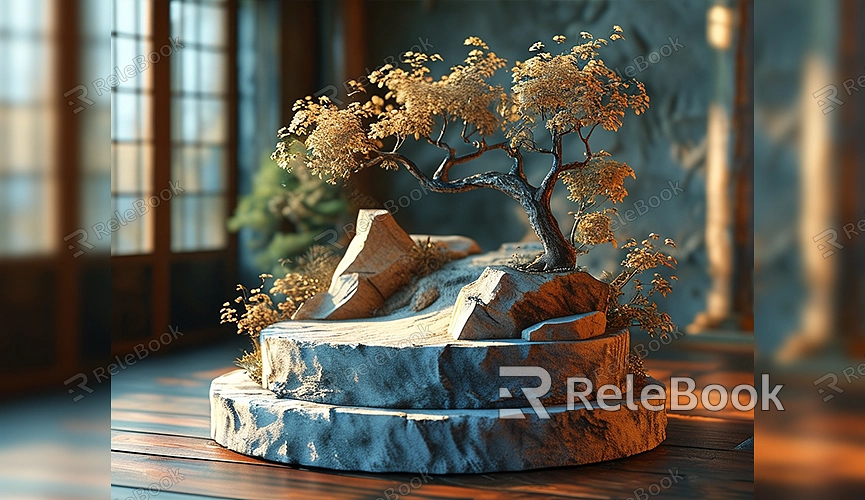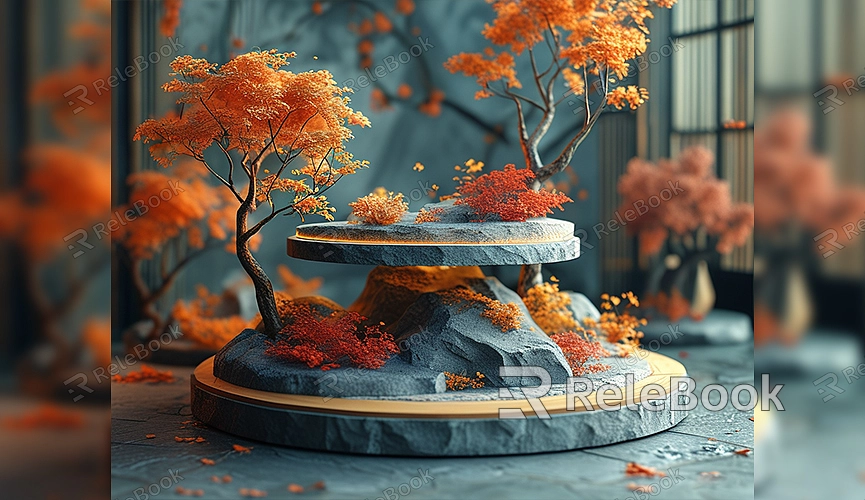How to Make Your Own 3D Models for Unity
Unity is a widely used game engine that helps developers create various types of games and virtual experiences. Custom 3D models are crucial for making your game world more vibrant and unique. Whether you're creating simple props or complex character models, knowing how to make your own 3D models can greatly enhance your game's visual appeal and user experience. This guide will walk you through the process of creating and importing your own 3D assets for Unity, from scratch to final implementation.
Choosing the Right 3D Modeling Tool
The first step in creating 3D models is selecting the right modeling tool. There are several powerful 3D modeling software options available on the market. Here’s a brief overview of some popular tools:

- Blender: A free and open-source 3D modeling software with powerful features for creating various complex models. It includes extensive modeling, sculpting, and rendering capabilities, making it ideal for independent developers and small teams.
- Maya: Widely used for professional 3D modeling and animation, Maya offers robust tools and plugins suitable for projects requiring high-quality models.
- 3ds Max: Another powerful 3D modeling software, particularly suited for creating complex game assets and architectural visualizations.
Creating 3D Models
Regardless of the software you choose, the general steps for creating a 3D model are similar:
1. Set Up Your Workspace:
- Configure your workspace and scene in the modeling software. Ensure that the views and interface are set up according to your modeling needs. Select the appropriate units and scale to ensure accurate model dimensions.
2. Modeling:
- Start building your model using basic geometric shapes (like cubes, spheres, and cylinders). Modify the shapes through extrusion, scaling, and rotation to refine the model’s form and details.
- For more complex shapes, use subdivision modeling techniques to add detail. Enhance the complexity of the model by adding edge loops, adjusting vertices, and refining faces.
3. UV Unwrapping:
- UV unwrapping involves mapping the 3D model’s surface onto a 2D plane. This step is crucial for texturing. Ensure that the UV layout is non-overlapping and as evenly spread as possible to ensure that textures display correctly on the model.
4. Texturing and Materials:
- Create textures and materials for your model. Use image editing software (like Photoshop) to paint textures and apply them to your model. Ensure that material properties (such as reflectivity, glossiness, and transparency) meet your needs.
5. Optimize the Model:
- Optimize your model to ensure it runs smoothly in the game engine. Reduce unnecessary polygons and optimize the mesh structure to ensure efficient rendering in Unity.
Importing Models into Unity

Once your 3D model is complete, the next step is to import it into Unity:
1. Export the Model:
- Export your model from the modeling software in a format supported by Unity. Common formats include FBX, OBJ, and DAE. FBX is often recommended as it supports animation, materials, and textures.
2. Import into Unity:
- Open Unity, create a new project or open an existing one. In the “Assets” panel, right-click and select “Import New Asset,” then choose your 3D model file.
- After importing, you can drag the model into the scene and adjust and test it as needed.
3. Set Model Properties:
- In Unity’s “Inspector” panel, adjust the model’s properties, such as setting up colliders, adjusting materials and textures, and configuring animations.
Tips for Using 3D Models
To ensure your 3D models work well in Unity and achieve optimal results, consider these tips:
1. Test and Optimize:
- Test your model’s performance in Unity to ensure smooth operation in the game. Perform performance tests to check that the model doesn’t cause frame rate drops or other issues.
2. Utilize Unity’s Tools:
- Use Unity’s ProBuilder tool for further editing and adjusting your models. ProBuilder allows you to model and modify details directly within the Unity editor, facilitating quick adjustments in your project.
3. Regularly Update Models:
- Update and refine your models based on project requirements and feedback. This helps you continuously improve the quality and adaptability of your models.
Creating and importing your own 3D models is a crucial part of game development, bringing unique visual elements and creativity to your project. By choosing the right modeling tools, following best practices for modeling and optimization, and effectively importing models into Unity, you can create outstanding game assets. If you need high-quality 3D textures and HDRIs for your models and virtual scenes, you can download them for free from [Relebook’s texture site](https://textures.relebook.com/). For beautiful 3D models, visit [Relebook’s model site](https://3dmodels.relebook.com/), where Relebook offers a wide range of premium 3D resources. These resources will help you enhance your project’s quality and create a more engaging game experience. We hope this guide provides practical assistance for creating and importing 3D models in Unity.

